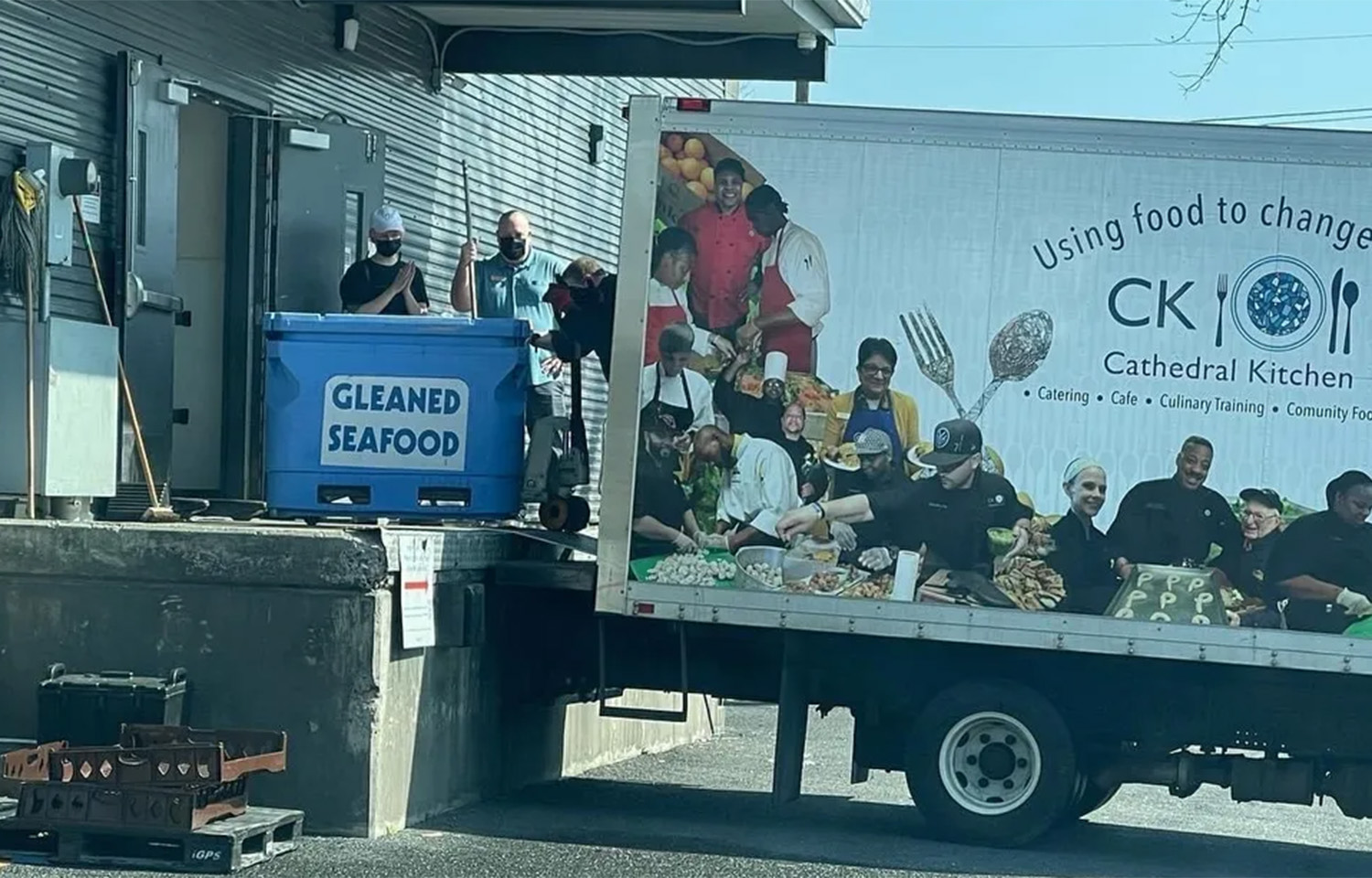A growing program in the U.S. is working to utilize fishing bycatch to provide nutritious meals for the nation’s food-insecure population.
Americas Gleaned Seafood, based in the U.S. state of New Jersey, receives donated fish from local fishermen and distributes it to food banks, soup kitchens, and food pantries in the region. The program got its start via a 2018 letter to the U.S. Department of Agriculture (USDA) by its founder, Brick Wenzel.
Wenzel told SeafoodSource he has been a licensed commercial fisherman since 1982 and got the idea to create a gleaning program from the practices that fishermen have already engaged in for years, as well as the existing gleaning programs across the U.S. He fishes out of a fishermen’s co-op in Point Pleasant Beach and said that there’s clear documented evidence that fishermen have been donating fish to local causes since as early as 1953.
“Most people in the fishing industry, we all take fish, we donate it, we give it to our neighbors, we give it to different organizations for fundraisers for your local church group,” Wenzel said. “Basically, we have as an industry, nationwide, we’ve always contributed our fish and a lot of times it was our bycatch.”
Those charitable donations varied in nature but often weren’t accounted in one way or another – including on official bycatch statistics.
Wenzel said when he was involved with New Jersey’s Department of Agriculture and the USDA, he learned more about the officially recognized gleaning programs that already exist for the nation’s terrestrial farms.
Gleaning is a biblical term referring to harvesting leftover crops from a farmer’s field after it has already been harvested. The USDA’s definition for gleaning is taking excess fresh food from farms, garden, farmers markets, grocers, restaurants, state/county fairs, or any other source and providing it to those in need.
“I saw an opportunity to actually do that with seafood,” Wenzel said. “We started off really small at our co-op, where we had fish coming in that had no value and we would bring it to the local soup kitchens and pantries. But, we wanted to increase the program.”
One of the species that triggered the desire to increase the program was a species known in New Jersey as scup. Wenzel said that fishermen targeting the species would sometimes go out for the day without knowing what the dock price would be when they returned.
“When we leave the dock, they might be [USD] 0.50 [EUR 0.46] to [USD] 1.00 [EUR 0.92] per pound. But, when you get back to the dock, everyone has large or extra large fish, and the mediums all suddenly have no value,” Wenzel said.
Fishermen can’t know what the catch might be for other fishermen in advance and don’t want to throw out marketable fish, meaning they’ll sometimes end up at the dock with a catch that has little commercial value, he added.
“That’s where as an organization we stepped in; we grabbed those fish,” Wenzel.
In the beginning, the program was relatively small, but around the start of the Covid-19 pandemic, the program began to partner with local food banks and a local Sysco Foods processing facility to begin a larger-scale gleaning program.
As the program started to gain traction, it gained additional funding from Feeding America via Tyson Foods, as well as a marketing grant from a program with the National Football League, which took it from a fledgling idea to a nonprofit organization.
“That’s really how the program got started; we identified there was fish being wasted, that there was a need, and that we had traditionally donated these fish in the industry – it’s just that we formalized it,” Wenzel said. “We got our federal fisheries dealers permit, and we started tracking. When we glean fish, we identify each fish and weigh it.”
A key aspect of the program is actually ensuring that fishermen are ...








